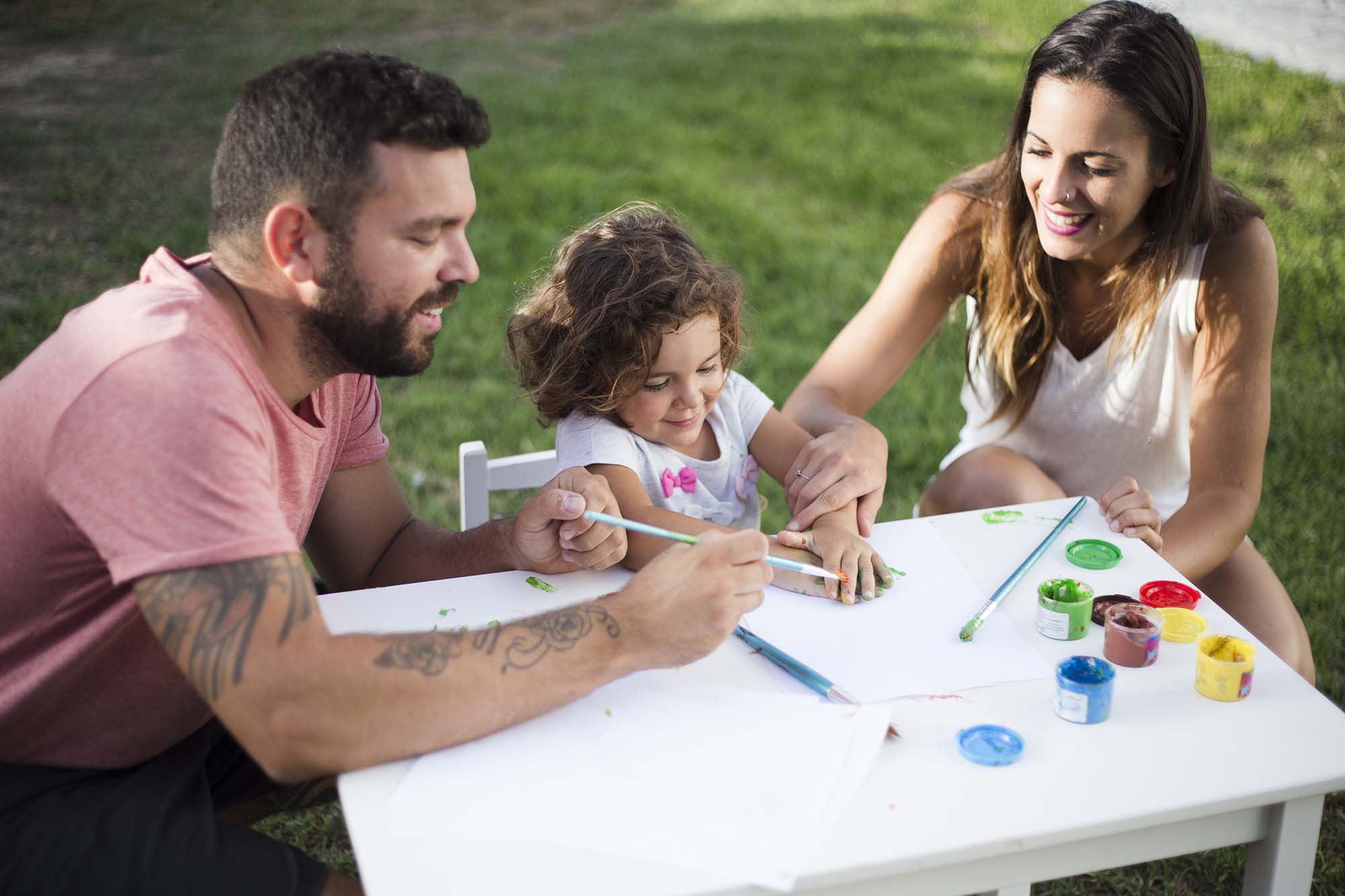Have you ever struggled to figure something out—a big decision that you have to make, what to do next in a relationship, etc.—but no matter how hard you thought about it, you could not come up with an answer? Then perhaps you awakened one morning after a peaceful night of sleep, and you knew exactly what to do? If you have had this type of experience, you are not alone. Being able to think logically through a problem is an important skill, but it will not lead to all answers. Quite often the answers lie within us which means the goal is not to agonize and analyze through every detail of a challenge that presents itself, but to find a way to access the answers that are already there.Where exactly are these answers if they are “within” a person? They are held in the subconscious. The subconscious is like a locked treasure chest. The memories, thoughts, and feelings in this treasure chest are different from the ones held in the memory banks of the conscious mind. They are different because the conscious mind decided that they needed to be tucked away deep inside, perhaps never to be considered or acknowledged again. Perhaps these thoughts were too intense, too upsetting, or they made the person feel uncomfortable for some other reason, so the conscious mind stored these memories, thoughts, and feelings in that locked treasure chest called the subconscious. The subconscious is good at keeping things hidden from the conscious mind, and the conscious mind is happy to not be bothered with disturbing emotions.
Even though locking uncomfortable thoughts away seems to work well on the surface, items that have been locked away in the subconscious can unfortunately still cause trouble. And the tricky part is that the conscious mind is not fully aware of what lurks in the subconscious. Some feelings and memories are so toxic, it is as if they emit poisonous fumes that escape the subconscious no matter how well a person believes it is sealed. An example is someone who experiences a horrific trauma and then tries to move on as if it never happened. The subconscious mind stores the memories of the trauma, but then those memories escape sometimes in the form of flashbacks or other symptoms.
We use the subconscious to help protect us from the painful things in life; therefore, we need to access the subconscious in order to fully achieve healing. It is the subconscious mind that reveals itself in the sand tray world. Therefore, Sand Tray Therapy is an excellent means by which to access the subconscious and purge whatever toxins may be stored there. Sand Tray Therapy bypasses the defenses, walls and blocks that are present at the conscious level and goes straight down to where the real work can be done.
“Until you make the unconscious conscious, it will direct your life and you will call it fate.” – C.G. Jung





Recent Comments